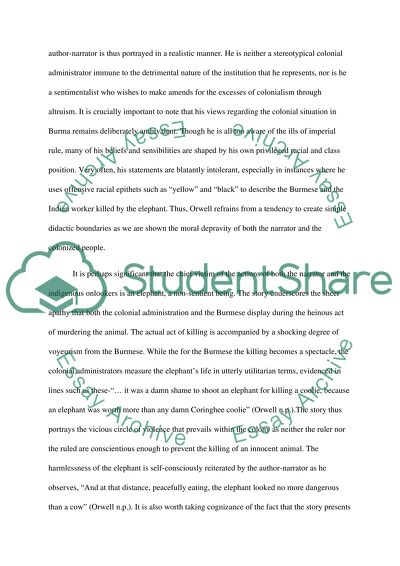Cite this document
(“Analyze George Orwell's assessment of imperialism as portrayed in his Essay”, n.d.)
Analyze George Orwell's assessment of imperialism as portrayed in his Essay. Retrieved from https://studentshare.org/literature/1480222-analyze-george-orwell-s-assessment-of-imperialism
Analyze George Orwell's assessment of imperialism as portrayed in his Essay. Retrieved from https://studentshare.org/literature/1480222-analyze-george-orwell-s-assessment-of-imperialism
(Analyze George Orwell'S Assessment of Imperialism As Portrayed in His Essay)
Analyze George Orwell'S Assessment of Imperialism As Portrayed in His Essay. https://studentshare.org/literature/1480222-analyze-george-orwell-s-assessment-of-imperialism.
Analyze George Orwell'S Assessment of Imperialism As Portrayed in His Essay. https://studentshare.org/literature/1480222-analyze-george-orwell-s-assessment-of-imperialism.
“Analyze George Orwell'S Assessment of Imperialism As Portrayed in His Essay”, n.d. https://studentshare.org/literature/1480222-analyze-george-orwell-s-assessment-of-imperialism.


